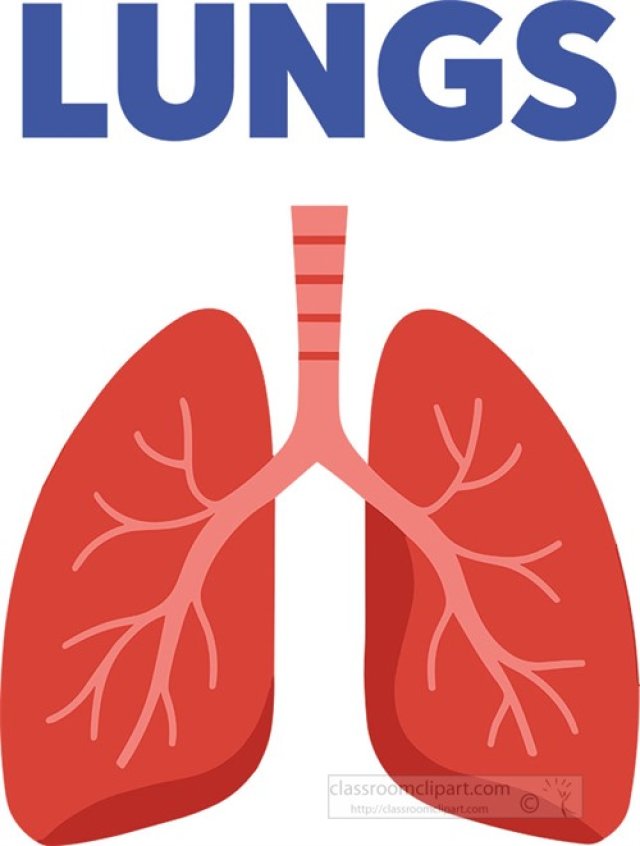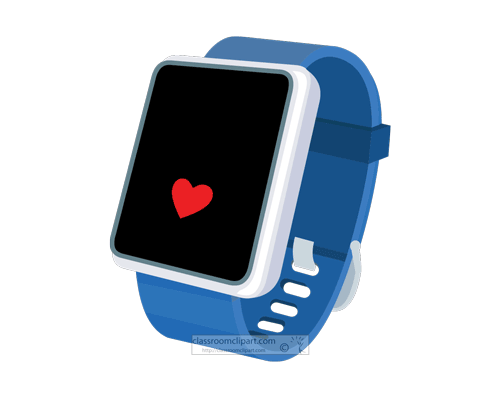How the Lungs Work: From Air to Oxygen – A Guide for Students
Learn how the lungs work in this student-friendly article. Explore how air becomes oxygen in your blood, how alveoli function, and why breathing is vital. Includes quiz, vocabulary, and summary.

🫁 How the Lungs Work: From Air to Oxygen – A Guide for Students
Every time you take a breath, something amazing happens deep inside your chest. The lungs quietly go to work—expanding like balloons, drawing in air, and turning it into the oxygen your body needs. It’s one of the most important processes in the body, and it happens over 20,000 times a day without you even noticing!
Let’s explore how your lungs take the air around you and turn it into fuel for your brain, muscles, and every single cell.
🌬️ Step 1: Air Enters the Body
It all begins when you inhale, or breathe in. Air enters through your nose or mouth and travels down the trachea, also known as the windpipe. The trachea splits into two large tubes called the bronchi, one leading to each lung. Inside the lungs, the bronchi branch into smaller and smaller tubes called bronchioles—like the branches of a tree.
These bronchioles end in tiny balloon-shaped sacs called alveoli, and this is where the real work begins.
🫁 Step 2: Inside the Alveoli – The Oxygen Exchange
Your lungs contain over 300 million alveoli. These tiny air sacs are surrounded by a web of tiny blood vessels called capillaries. When air reaches the alveoli, oxygen passes through their thin walls and into the blood, while carbon dioxide moves out of the blood and into the alveoli.
This process is called gas exchange, and it’s how your blood gets loaded with fresh oxygen and gets rid of waste gases. The oxygen-rich blood then travels back to the heart, where it’s pumped to the rest of the body.
💪 Step 3: The Role of the Diaphragm and Chest Muscles
Breathing doesn’t just happen on its own—your muscles help make it possible. The most important muscle for breathing is the diaphragm. It’s a dome-shaped muscle that sits under your lungs.
When you inhale:
- The diaphragm contracts and moves down, creating more space in your chest
- Your lungs expand, and air rushes in
When you exhale:
- The diaphragm relaxes and moves up
- Your lungs shrink and push air out
Your rib muscles also help by lifting your chest during a deep breath. These muscles work without you thinking, but you can also control them when you take deep breaths, sing, blow up a balloon, or hold your breath.
🏃♂️ Step 4: How the Lungs Adjust During Activity
Your lungs are smart—they adjust based on what your body needs.
When you’re resting, your breathing is slow and steady. You only use a small part of your lung power.
When you’re exercising, your muscles need more oxygen and make more carbon dioxide. Your lungs respond by:
- Breathing faster
- Breathing deeper
- Using more alveoli to exchange gases faster
That’s why you breathe harder when you run, swim, or dance. Your lungs are working overtime to deliver what your body needs!
🤒 What If the Lungs Aren’t Working Well?
Sometimes lungs don’t work as well as they should. Conditions like asthma, pneumonia, or allergies can make breathing harder. Air pollution and smoking can also damage the alveoli and airways.
Signs of trouble may include:
- Wheezing or shortness of breath
- A tight feeling in your chest
- Needing to catch your breath even when resting
- Frequent coughing
The good news is that most lung problems can be managed, especially if they’re treated early.
🎉 Fun Facts About the Lungs
- Your left lung is smaller than your right—it makes room for your heart!
- If you stretched out all your alveoli, they’d cover a tennis court.
- Your lungs are the only organs that float in water.
- You can live with just one lung, though you won’t have as much air power.
- The lungs help you speak and sing by pushing air over your vocal cords.
🧠 Vocabulary
- Lungs – Organs that take in oxygen and remove carbon dioxide
- Trachea – The windpipe; air tube that leads to the lungs
- Bronchi – Tubes that branch from the trachea into the lungs
- Bronchioles – Smaller branches inside the lungs
- Alveoli – Tiny air sacs where gas exchange takes place
- Capillaries – Small blood vessels surrounding alveoli
- Gas exchange – The swapping of oxygen and carbon dioxide in the lungs
- Diaphragm – The main muscle that controls breathing
- Inhale – To breathe in
- Exhale – To breathe out
✅ Interactive Quiz: Lung Logic!
1. What is the job of the lungs?
A. Pump blood
B. Break down food
C. Take in oxygen and remove carbon dioxide
D. Help you blink
Correct Answer: C
2. What are alveoli?
A. Bones in your chest
B. Air sacs that exchange gases
C. Muscles in your arms
D. Blood cells
Correct Answer: B
3. What muscle helps you breathe by moving up and down?
A. Biceps
B. Stomach
C. Diaphragm
D. Spine
Correct Answer: C
4. What happens during gas exchange?
A. Oxygen leaves your lungs and enters the stomach
B. Oxygen enters your blood and carbon dioxide leaves it
C. Air is frozen in the lungs
D. Blood stops flowing
Correct Answer: B
5. What connects alveoli to the bloodstream?
A. Veins
B. Nerves
C. Capillaries
D. Bronchioles
Correct Answer: C
6. What might happen when your lungs work harder during exercise?
A. You breathe slower
B. Your lungs take a nap
C. You breathe faster and deeper
D. Your lungs shrink
Correct Answer: C
🧒 Kid-Friendly Summary
Your lungs help you breathe in oxygen and breathe out carbon dioxide. They’re full of tiny air sacs called alveoli that send oxygen into your blood. Your diaphragm helps your lungs move, and your lungs get busier when you’re running, playing, or dancing. Breathing is one of the most important things your body does!



















































